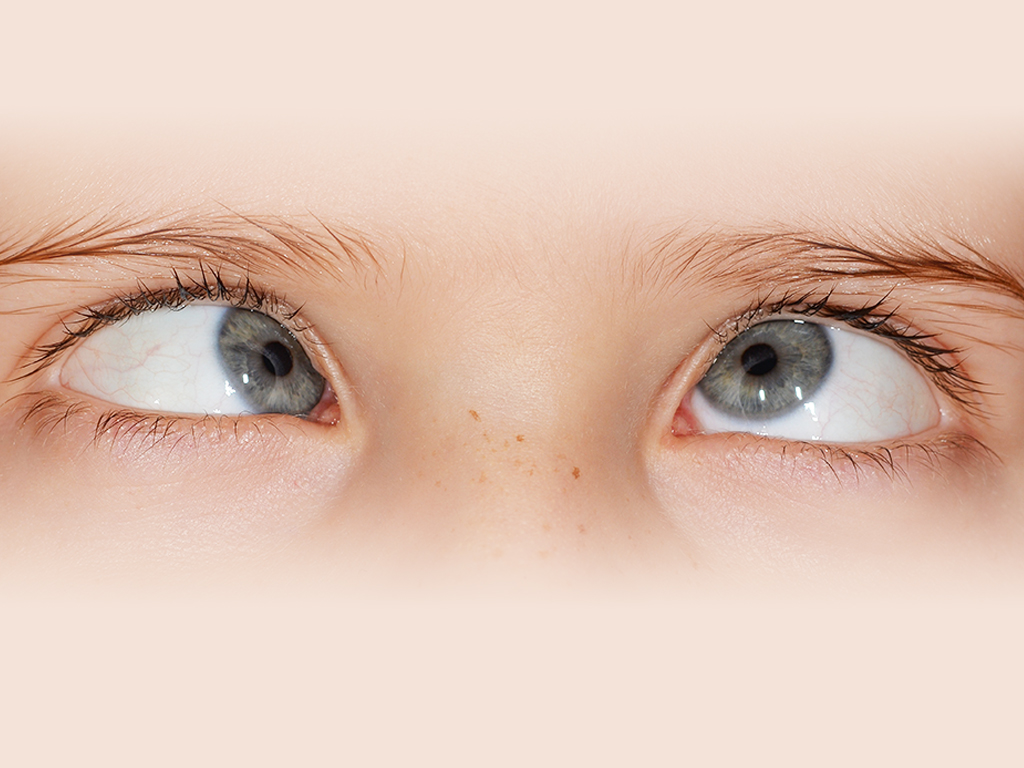
Squint, also known as strabismus, is a condition where the eyes are not aligned properly and do not point in the same direction. One eye may turn inward, outward, upward, or downward while the other eye maintains a straight gaze. Squint can affect individuals of all ages, but it is more commonly observed in children. There are several reasons why squint tends to affect kids more frequently:
1. Development of Eye Coordination: In early childhood, the visual system is still developing, including the coordination of eye movements. The ability to align both eyes accurately to focus on a single target develops gradually during infancy and early childhood. If there is a disruption in this developmental process, squint can result.
2. Immature Brain-Eye Connection: The connection between the brain and the eyes is not fully matured in young children. The brain needs time to learn how to process visual information and control the muscles that move the eyes. If there is a miscommunication between the brain and the eye muscles, it can lead to misalignment.
3. Refractive Errors: Refractive errors such as nearsightedness (myopia), farsightedness (hyperopia), and astigmatism are common in children. These conditions can cause blurred vision and eye strain, which can in turn lead to squint as the eyes try to compensate for the refractive error.
4. Amblyopia (Lazy Eye): Amblyopia is a condition where the brain favors one eye over the other due to differences in visual acuity or alignment. Squint can contribute to the development of amblyopia, and vice versa. Amblyopia is more effectively treated if identified and addressed during childhood.
5. Binocular Vision Development:Binocular vision refers to the ability to use both eyes together to perceive depth and distance. Children learn this skill as they grow, and squint can disrupt the normal development of binocular vision.
6. Genetic and Hereditary Factors: Some cases of squint have a genetic or hereditary component, meaning that there is a family history of the condition. Children with a family history of squint may be more prone to developing it themselves.
7. Eye Muscle Imbalance:In some cases, there might be an imbalance in the strength of the eye muscles that control eye movement. This can cause the eyes to drift out of alignment.
Early detection and treatment of squint in children are important to prevent potential complications such as amblyopia and to promote proper visual development. Treatment options for squint can include corrective lenses, eye patches, vision therapy, and in some cases, surgery to realign the eyes.
If parents or caregivers notice any signs of squint in a child, such as misaligned eyes, frequent eye rubbing, or difficulty focusing, it’s advisable to consult a pediatric ophthalmologist or an eye care specialist who has experience in diagnosing and treating pediatric eye conditions.
For more eye-related queries, Consult Dr. Vaidya at one of the Best Eye Doctor in Mumbai know more information visit in our hospital at Dr. Vaidya Eye Hospital.

